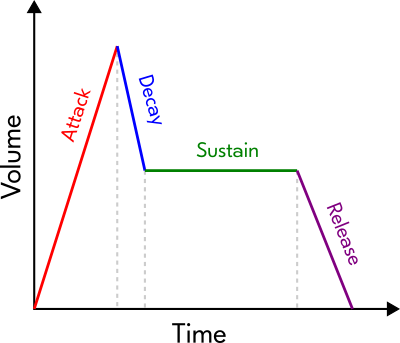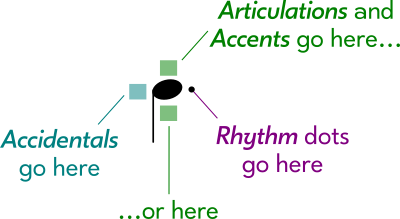



| Symbol | Name & Meaning | Voice Equivalent |
|---|---|---|
| Forte-Fortissimo ("Extremely Loud") | Yelling | |
| Fortissimo ("Very Loud") | Speaking Loudly | |
| Forte ("Loud") | Slightly Louder Than Normal Speaking | |
| Mezzo Forte ("Moderately Loud") | Speaking Voice | |
| Mezzo Piano ("Moderately Soft") | Speaking Voice | |
| Piano ("Soft") | Slightly Softer Than Normal Speaking | |
| Pianissimo ("Very Soft") | Speaking Softly | |
| Piano-Pianissimo ("Extremely Soft") | Whispering |






